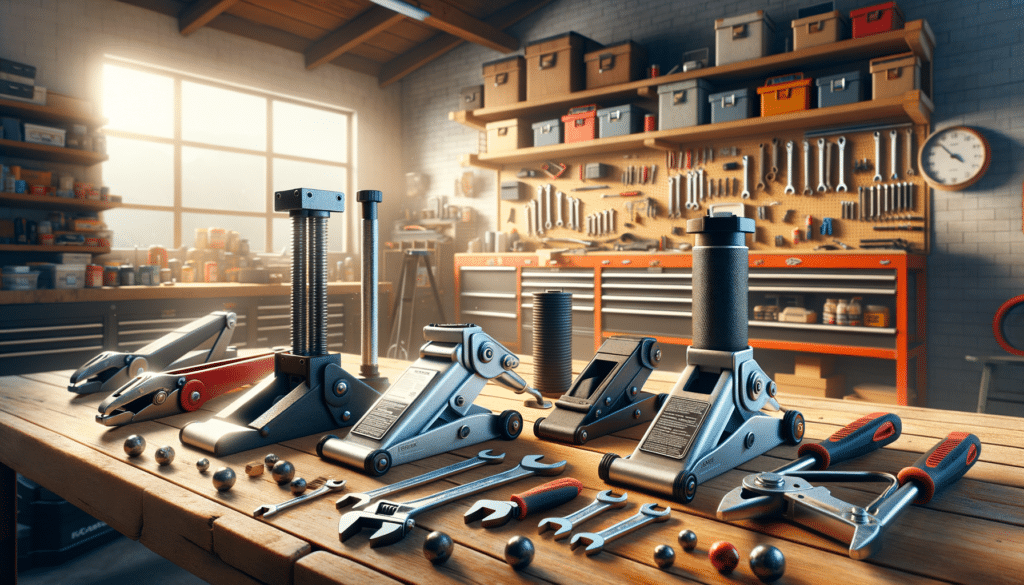The Evolution of Cabinet Design
Cabinet design has evolved significantly over the years, reflecting changes in technology, materials, and consumer preferences. Initially, cabinets were purely functional, often handmade with simple designs. However, as society progressed, so did the artistry and complexity of cabinet design. Modern cabinets now incorporate advanced materials and technology, offering both aesthetic appeal and functionality.
Historically, cabinets were crafted from solid wood, which was abundant and easy to work with. As technology advanced, the introduction of engineered wood and composite materials provided more options for designers, allowing for intricate designs and finishes. Today, cabinet design is not only about storage but also about enhancing the overall look and feel of a space.
Key milestones in cabinet design include the introduction of modular cabinets in the mid-20th century, which revolutionized kitchen and bathroom design. These units allowed for more flexibility in layout and design, catering to the evolving needs of homeowners. Additionally, the integration of technology, such as soft-close hinges and LED lighting, has further enhanced the functionality and user experience of modern cabinets.
Materials and Techniques in Cabinet Design
The choice of materials in cabinet design plays a crucial role in determining the durability, appearance, and cost of the final product. Traditional materials like hardwoods remain popular due to their strength and timeless appeal. However, contemporary designs often incorporate a mix of materials, including metal, glass, and synthetic composites, to achieve a unique look.
Advancements in manufacturing techniques have also influenced cabinet design. CNC machines and laser cutting technology allow for precise cuts and intricate detailing that were once impossible with manual tools. These techniques enable designers to experiment with complex patterns and shapes, pushing the boundaries of traditional cabinet design.
When selecting materials, designers must consider factors such as environmental impact, cost, and maintenance. Sustainable materials are increasingly favored by eco-conscious consumers, leading to a rise in the use of bamboo, reclaimed wood, and recycled materials in cabinet design.
Design Styles and Trends
Cabinet design is heavily influenced by prevailing styles and trends, which often reflect broader cultural and societal shifts. Popular design styles include traditional, contemporary, and transitional, each offering distinct characteristics and appeal.
Traditional cabinet designs are characterized by ornate detailing, rich wood finishes, and classic hardware. These designs evoke a sense of timeless elegance and are often found in homes with a more classic architectural style. In contrast, contemporary designs focus on clean lines, minimalistic features, and the use of modern materials like glass and metal.
Transitional designs blend elements from both traditional and contemporary styles, creating a versatile and balanced look. This style is particularly popular among homeowners seeking a modern aesthetic without sacrificing warmth and character.
Current trends in cabinet design emphasize functionality and personalization. Features like pull-out shelves, built-in organizers, and custom finishes allow homeowners to tailor cabinets to their specific needs and preferences.
Functionality and Ergonomics in Cabinet Design
While aesthetics are important, functionality and ergonomics are critical components of effective cabinet design. Cabinets must not only look good but also provide practical solutions for storage and organization. Designers must consider factors such as ease of access, space utilization, and user comfort when creating cabinet layouts.
Ergonomics play a significant role in ensuring that cabinets are user-friendly and accessible. This involves careful consideration of cabinet height, depth, and placement to accommodate users of varying heights and abilities. Features like adjustable shelves, soft-close drawers, and pull-out trays enhance usability and convenience.
Incorporating smart technology into cabinet design is another way to improve functionality. Smart cabinets can include features like integrated lighting, automated opening systems, and even climate control for specific storage needs.
Choosing the Right Cabinet Design for Your Space
Selecting the appropriate cabinet design for a space involves balancing aesthetic preferences with practical considerations. Homeowners must assess their storage needs, budget, and the overall style of their home when making decisions.
It’s essential to consider the specific function of each room when choosing cabinet designs. For example, kitchen cabinets require different features and layouts compared to bathroom or living room cabinets. Consulting with a professional designer can help homeowners navigate these choices and ensure that their cabinets meet both their functional and aesthetic requirements.
Additionally, personalization is key in modern cabinet design. Custom finishes, unique hardware, and tailored layouts allow homeowners to express their style and create a cohesive look throughout their home.
Ultimately, the right cabinet design can transform a space, enhancing both its beauty and functionality. By carefully considering materials, styles, and features, homeowners can create cabinets that not only meet their needs but also reflect their personality and taste.





